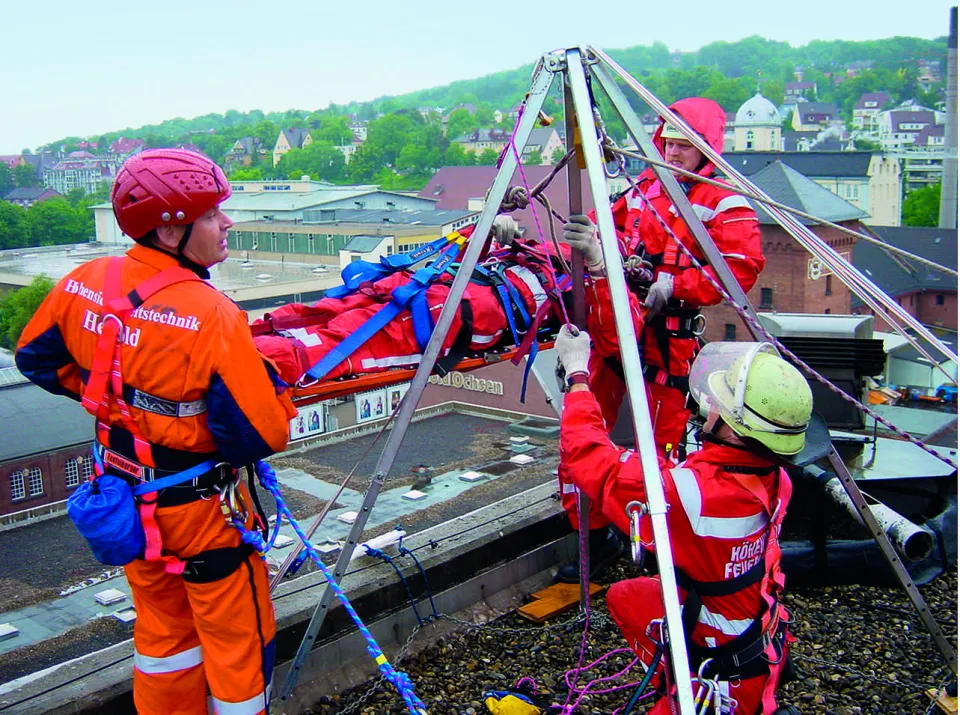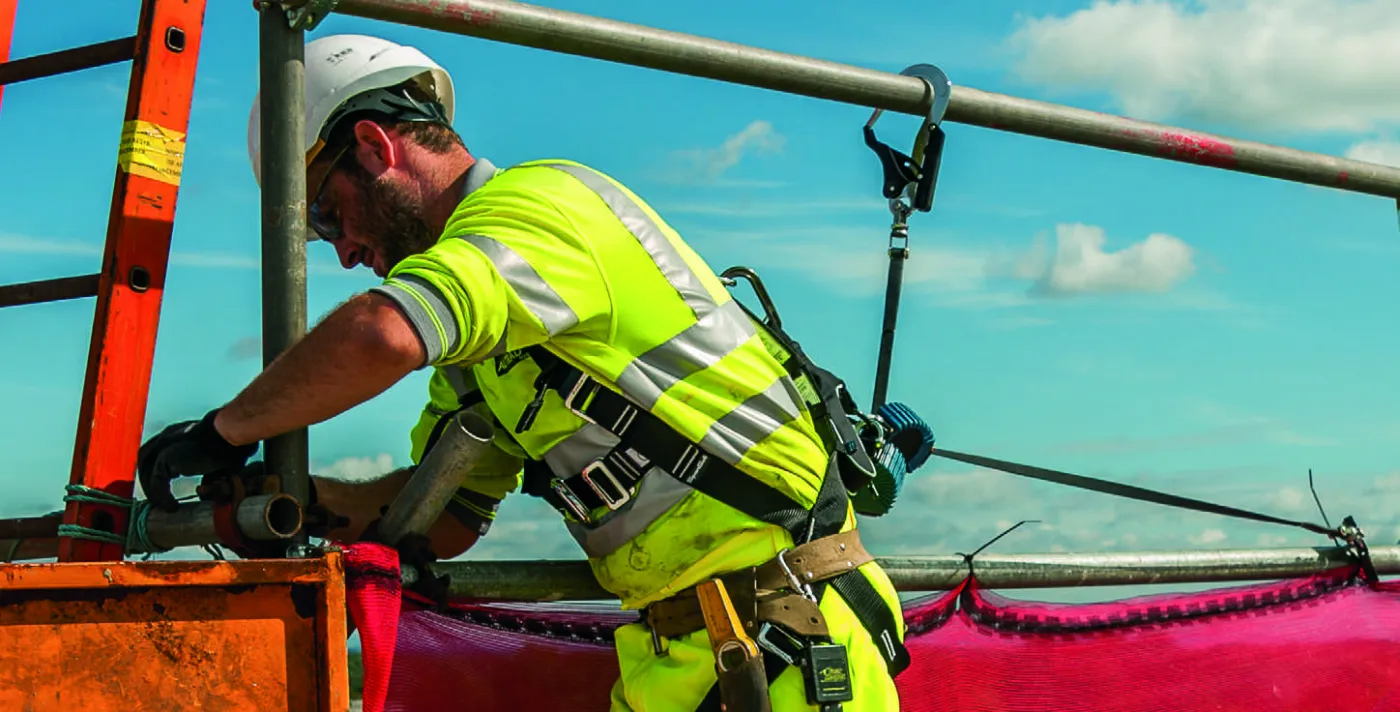Understanding Different Types of PPE According to Their Work Locations: What Are They?
Personal Protective Equipment (PPE) is designed to protect workers from the risk of accidents or exposure to hazardous materials in the workplace. However, not all PPE is suitable for all types of jobs. The right selection of PPE must consider the type of work, work environment, and potential risks. Here are some types of PPE based on their work locations:
1. PPE for Construction Workers
Construction workers are often exposed to dust, chemicals, and other hazards at construction sites. Therefore, suitable PPE for construction workers includes safety helmets to protect the head from falling heavy objects or material spills, safety goggles to prevent dust, debris, or chemicals from entering the eyes, and dust masks or respirators to reduce exposure to dust and other air pollutants.
Additionally, construction workers need special gloves to protect their hands from injury or contact with hazardous materials and safety boots to reduce the risk of slipping, punctures, or being crushed by heavy objects. By wearing appropriate PPE, construction workers can work more safely and avoid injuries that may occur due to exposure to hazardous materials in their work environment.
2. PPE for Medical Workers
Medical workers face risks of infection and exposure to bodily fluids. Therefore, suitable PPE for medical workers includes medical gloves to protect hands from direct contact with blood or bodily fluids, face masks to filter droplets and particles that may contain pathogens, and medical gowns to protect the body from splashes of bodily fluids during medical procedures.
In addition, safety goggles are necessary to prevent blood or bodily fluids from entering the eyes, and protective footwear to reduce the risk of slipping or exposure to hazardous materials in medical areas.
3. PPE for Factory Workers
Factory workers are often exposed to chemicals, heat, and heavy machinery. Therefore, suitable PPE for factory workers includes ear protection to shield against noise from machines or factory equipment, head protection for work areas at risk of blunt or sharp objects, safety goggles to protect eyes from chemical splashes or metal debris, respirator masks to protect the respiratory system from harmful gas or vapor exposure, and special gloves to protect hands from contact with chemicals or heat.
Using the right PPE allows factory workers to reduce the risk of injury and exposure to hazardous materials, creating a safer and healthier work environment for all employees.
4. PPE for Mining Industry
Workers in the mining industry, such as oil and gas, face risks of explosions, chemical exposure, and fires. Appropriate PPE is crucial for their protection. Here are some required PPE types:
- Special helmets: Protect the head from explosions and falling heavy objects.
- Safety goggles: Shield the eyes from chemical splashes and hazardous particles.
- Respirator masks: Protect the respiratory system from toxic gases, vapors, and dust.
- Protective clothing: Resistant to high heat and flames, and protects from harmful liquids.
- Special gloves: Resistant to heat and chemicals, protecting hands from injury.
- Foot protection: Special boots resistant to chemicals and heat.
5. PPE for Working at Heights
Personal Protective Equipment (PPE) is vital for workers performing tasks at heights. Suitable and up-to-date PPE is essential to minimize injury risks and ensure worker safety. PPE types should be tailored to the work location, including heights.
For example, for work at heights, PPE such as safety helmets, safety lanyards, full-body harnesses, and special shoes with strong grips are very important. Safety helmets protect the head from impacts and falling objects, while lanyards and full-body harnesses prevent workers from falling during work. Special shoes with strong grips ensure a secure hold on surfaces that may be slippery or unstable at heights.
Companies must ensure the availability and maintenance of appropriate PPE and provide training to workers on its use. With suitable PPE, we can reduce the risk of accidents and create a safer work environment for workers in the mining, oil, and gas industries.
Choosing the right PPE according to the work location is a crucial step in ensuring worker safety and health. Companies must provide training on PPE use and ensure the availability of suitable PPE for each type of job. With proper protection, we can reduce the risk of accidents and create a safe and healthy work environment for all workers.
For further consultation about SpanSet Indonesia products and services, please contact us via email at sales@spanset.co.id or WhatsApp
To find specification detail and prices of SpanSet Indonesia Products, please visit SpanSet Indonesia Marketplace on Tokopedia and Shopee.

